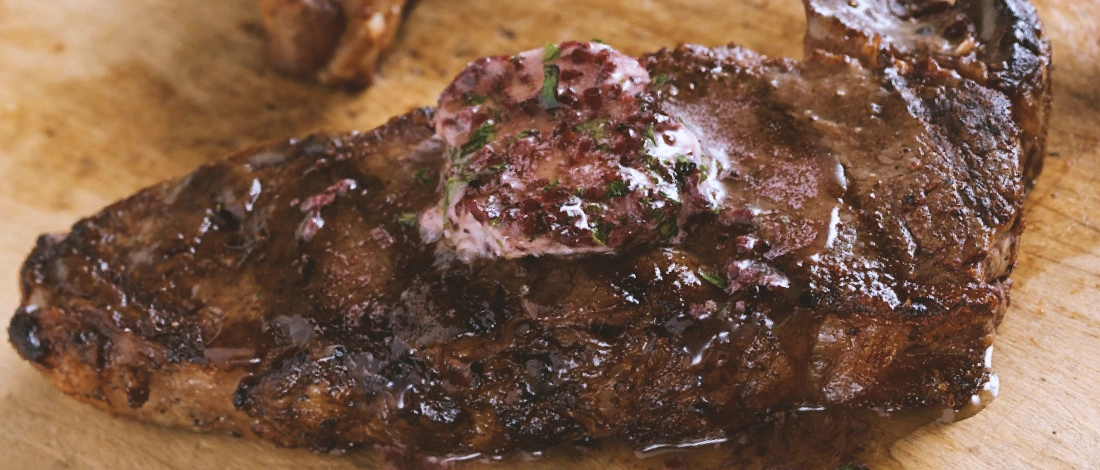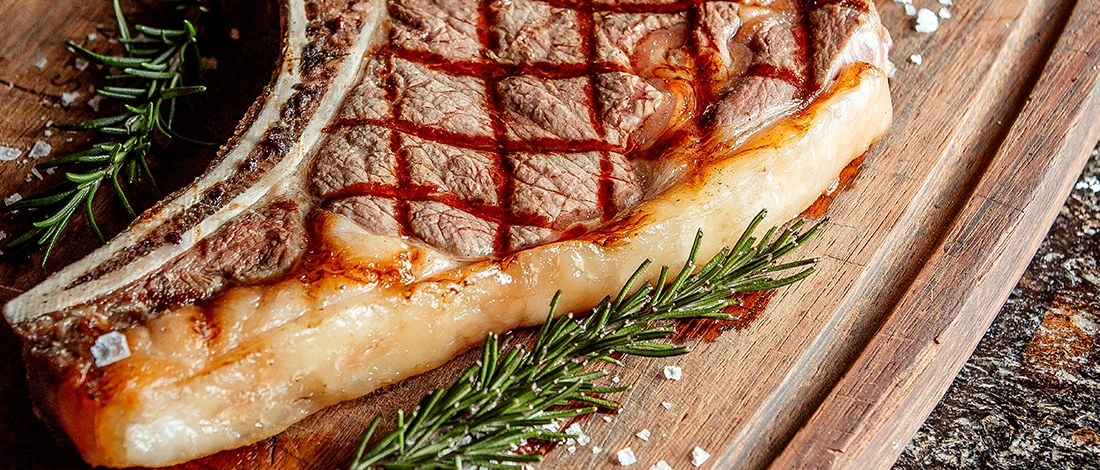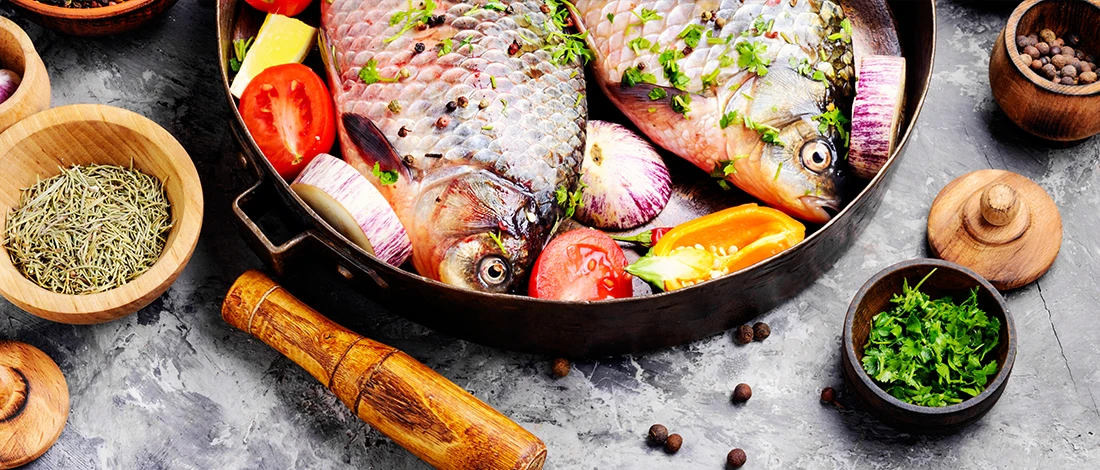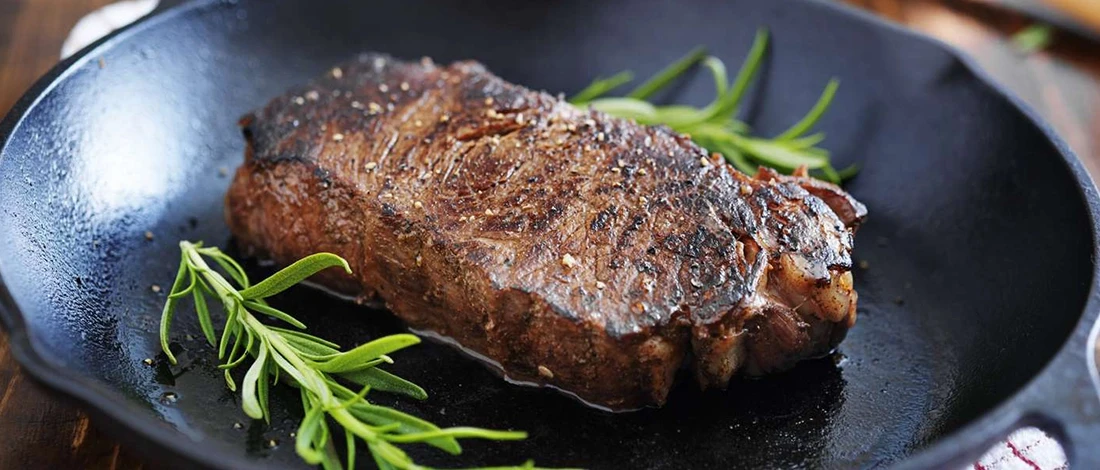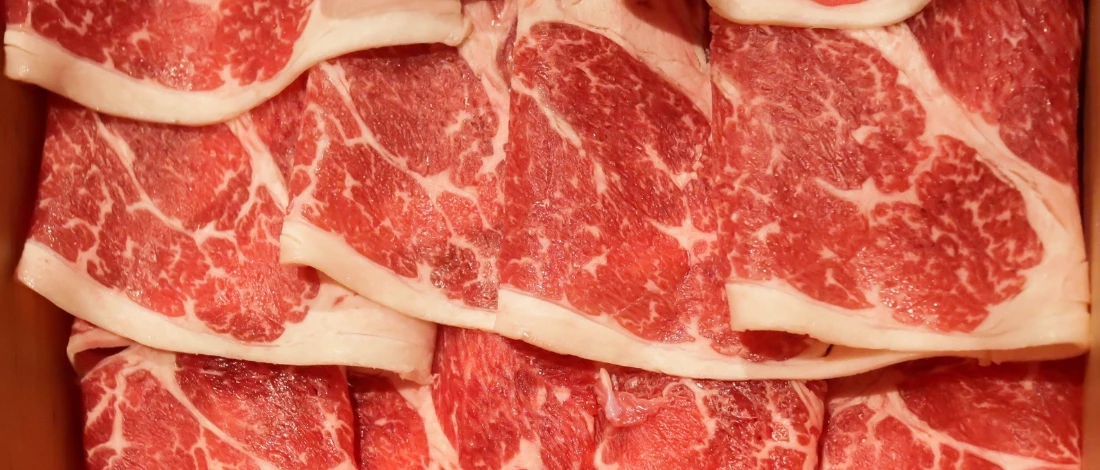As a seasoned chef with over eight years of experience in the culinary world and a background in nutritional science, I've had the pleasure of working with various meats, each with its unique characteristics and culinary applications.
At Carnivore Style, we’re passionate about helping you explore the best cuts of meat and how to cook them perfectly.
One such meat that often piques curiosity is gammon. I like gammon meat because it's versatile, and I can use it for different gammon recipes like salad rolls or sandwiches.
Today, we look at gammon meat and how to cook it best. Further down, I'll also share some tips for buying the best quality gammon meat and how to differentiate it from ham.
Quick Summary
- Gammon meat is cut from the back leg of a pig.
- The significant difference between dry cured gammon and ham is that gammon is sold raw in supermarkets, while ham is ready to eat.
- Boiling and roasting are different ways used in preparing gammon recipes.
What is Gammon Meat?

Gammon meat is cured, salted meat from the hind legs of a pig.
During processing, a ton of salt is added to pull moisture out [1]. This allows the bacon meat to cure, dry safely, and develop different flavors.
There are three different types of gammon steaks based on the processing steps.
- Smoked bone-in gammon: This is bone-in gammon that's smoked in a smoking barrel with smoldering wood chips. The smokiness gives it a superb flavor and allows it to be used in various cuisines.
- Rolled gammon steak: Rolled gammon is a cured, salted pig leg that's deboned and rolled up. This one has a classic flavor and texture similar to ham. I discovered that removing the bone makes the carving process more manageable.
- Smoked rolled gammon steak: This is boneless, rolled gammon meat that has been smoked over smoldering wood chips. Apart from drying and salting, smoking is one of the preservation methods used when making this gammon.
“Eating gammon meat is nutritionally healthy because it contains beneficial proteins, calories, and fats.”
- Cecilia Synder, Registered Dietician
Related Articles:
How Is Gammon Meat Prepared?
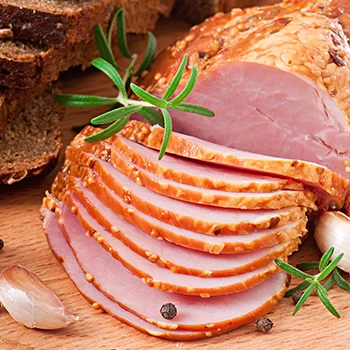
On the manufacturer’s side, gammon meat is prepared by salting either through a dry or wet curing process.
Dry curing uses dry spice rubs, while wet curing is basically brining/soaking the meat in a salty solution.
Before cooking any gammon food, I like to prepare it the day before by soaking it in cold water for 24 hours.
Put the gammon in a large stockpot and fully submerge it in ice water for 24 hours or at least 4 hours if you're short on time. Soaking eliminates extra salt.
Once done, you can drain the excess solution, and the gammon is ready to be cooked.
Best Methods for Cooking Gammon
When it comes to cooking gammon, there isn't a one size fits all method because of personal tastes and preferences.
Here are two of my favorite ways to cook gammon meat that’s full of flavor.
1. Boiling
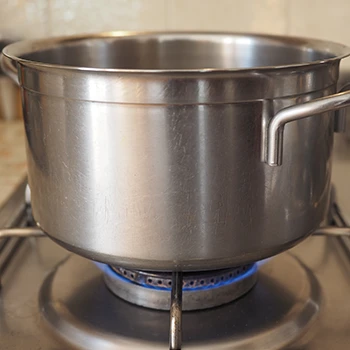
If you're going to boil your gammon joint, you'll need a large stockpot to hold the entire joint and enough stock to submerge it.
To flavor your gammon, you can use water, pineapple fruit juice, any liquids you choose, and a blend of fresh herbs.
For my recipe, I add roughly chopped carrots, celery, and onions to add extra flavor to the otherwise bland gammon.
For this brined gammon recipe:
- Put it in the pot with the veggies and pour in enough liquid. Ensure the gammon is fully submerged in the stock.
- Bring it to a boil before turning the heat to medium-low to simmer.
- Simmer the gammon for at least two hours or until it achieves an internal temperature of 155 °F (68 °C). To check the internal temperature of the gammon, place a meat thermometer at the center of the meat.
Note: You can use the leftover liquid to make delicious vegetable stock for your soups and sauces.
2. Roasting

This is another ideal way to cook gammon. I love to roast my brined gammon joint in the oven. You can do this after boiling your meat.
- After boiling, remove the gammon from the stockpot and place it on a clean surface to rest and cool slightly.
- Meanwhile, preheat the oven to 350°F (177).
- Scrape the top of the gammon with a sharp knife and make small diagonal slashes across the meat. Scoring the gammon allows your marinade and glaze to soak nicely into the meat.
- Make your glaze and pour evenly over the gammon meat. If you can, massage the glaze into the crevices you made earlier for extra flavor.
- Then bake for 2 hours, turning the pork mid-way through cooking.
For the glaze, you can go with the traditional flavors like honey and maple syrup, or you can try something a bit novel, like:
- Yogurt-cilantro glaze
- Turmeric-pineapple sauce
- Orange-soy sauce
- Gochujang Barbecue Sauce
At this point, any delicious flavors that tickle your fancy will get the job done.
Also Read: What Is the Healthiest Way to Cook Meat?
GAMMON MEAT BUYER'S GUIDE
Here are a few pointers to help you buy good quality pork gammon meat slices.
- Color: Pre cooked meat should have a light pinkish gammon color. This indicates it's originally from a young pig, and the meat is still fresh. The darker red gammon color means it's from an older male pig that always has a deeper porky flavor that's a bit unpleasant.
- Taste: For starters, I recommend you buy gammon from a trusted butcher who can slice the gammon for you to sample and taste. The tasting lets you know the level of the meat's smokiness. You also want to taste a balance of both saltiness and sweetness.
- Size: When shopping for gammon, bigger isn't always better. I recommend you go for smaller cuts as these have more meat-to-water ratio. In my experience with larger gammon meat cuts, they were wet and soggy, and I had to re-bake them a couple of times to get a crispy finish.
THE DIFFERENCE BETWEEN Gammon and HAM

While both gammon and ham are flavorful cuts, they vary by their source, state, and texture:
- Cuts: Ham is meat created from cuts taken from the rear leg of pigs, whereas gammon is meat sold raw or prepared from fresh meat cuts taken from the hind legs.
- State: While hams are offered and sold as pre-cooked meat, gammons are sold uncooked and require extra cooking before serving.
- Texture: The texture of served ham is highly meaty, but the texture of served sliced gammon is somehow gritty.
FAQs
What Are Gammon Joints?
Gammon joints are meat cuts from the hind legs of a hog.
Is Gammon Healthy?
Yes, gammon is healthy as it has reasonable amounts of protein, calories, and healthy fats.
How Long Do You Boil 1KG Gammon Joint For?
You boil a 1kg gammon joint for about 40 minutes before eating.
At Carnivore Style, we want to ensure that you get the most out of every meal by providing expert tips and advice. Check out our other guides for more recommendations on selecting and preparing meats, so you can continue to elevate your carnivore diet with confidence.
References:
- https://porkgateway.org/resource/comparison-of-european-american-systems-of-production-and-consumption-of-dry-cured-hams-2/


